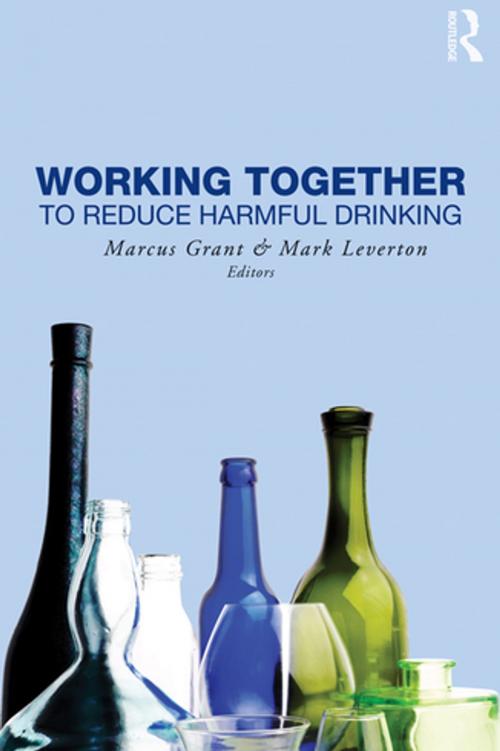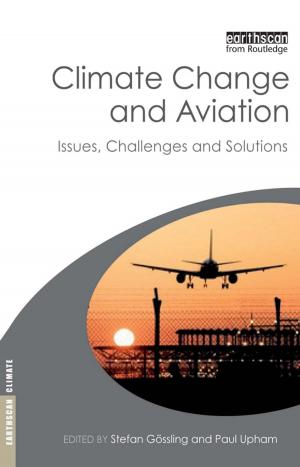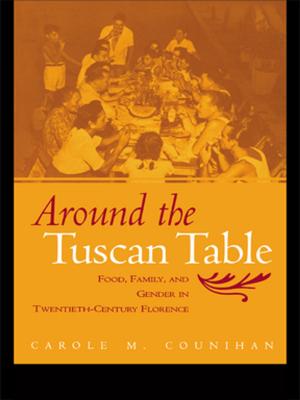Working Together to Reduce Harmful Drinking
Nonfiction, Health & Well Being, Psychology, Addictions, Mental Health| Author: | ISBN: | 9781135244316 | |
| Publisher: | Taylor and Francis | Publication: | October 5, 2009 |
| Imprint: | Routledge | Language: | English |
| Author: | |
| ISBN: | 9781135244316 |
| Publisher: | Taylor and Francis |
| Publication: | October 5, 2009 |
| Imprint: | Routledge |
| Language: | English |
This book is intended to contribute to the World Health Organization’s (WHO) global strategy to reduce the harmful use of alcohol. It explores areas where alcohol producers’ technical competence can and does make a positive contribution to reducing harmful drinking and where industry input has been welcomed by WHO. The book describes each of these areas: producing beer, wine, and spirits; addressing availability of noncommercial beverages; pricing, marketing, and selling beverage alcohol; encouraging responsible choices; and working with others. The final chapter sets out views of how alcohol producers can contribute to reducing harmful drinking in countries where they are present. The messages recurring throughout the book are that reasonable regulation provides the context for good alcohol policy, excessive regulation often leads to unintended negative consequences, leading producers have a proud record of making positive contributions to implementing effective alcohol policies - but there are opportunities to do much more.
This book is intended to contribute to the World Health Organization’s (WHO) global strategy to reduce the harmful use of alcohol. It explores areas where alcohol producers’ technical competence can and does make a positive contribution to reducing harmful drinking and where industry input has been welcomed by WHO. The book describes each of these areas: producing beer, wine, and spirits; addressing availability of noncommercial beverages; pricing, marketing, and selling beverage alcohol; encouraging responsible choices; and working with others. The final chapter sets out views of how alcohol producers can contribute to reducing harmful drinking in countries where they are present. The messages recurring throughout the book are that reasonable regulation provides the context for good alcohol policy, excessive regulation often leads to unintended negative consequences, leading producers have a proud record of making positive contributions to implementing effective alcohol policies - but there are opportunities to do much more.















